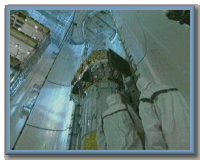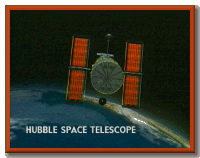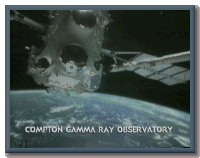|
X-rays help us study black holes resulting from the death of stars, but what exactly are x-rays, and how does an x-ray telescope help us explore the Universe? Launched in 1999, the Chandra X-ray Telescope is the 3rd of what NASA calls its "great observatories"... and the first dedicated to studying the X-ray Universe. |
|
|
|
First of the great observatories to launch was the "Hubble Space Telescope"... imaging stars and galaxies in visible light as well as ultraviolet and infrared. |
|
Second to reach orbit was the Compton Gamma Ray Observatory... returning amazing data about some of the most energetic phenomena in the Universe. |
|
3 space telescopes each specialising in different regions of the the electromagnetic spectrum...
|
|
What is this "spectrum"? And why do we need telescopes with different capabilities?
|
|
Imagine the Universe
Electromagnetic Spectrum
Interactive Multimedia Adventures for Grade-school Education Using Remote Sensing (IMAGERS)
NASA's Observatorium
|


